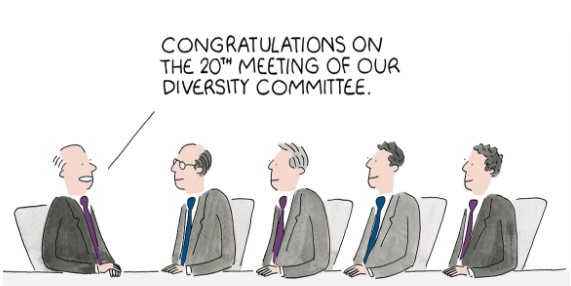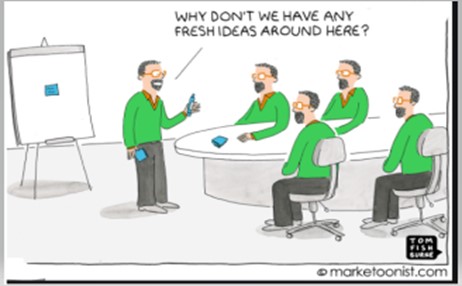In the research of Researching Developmental Disabilities, Szumski, Smorgorzewska, and Grygiel explore the attitudes that arise with students against peers that have disabilities. They conduct an experiment with a random sample of about 1500 Polish students in middle school through a questionnaire. They had a few different hypotheses and corresponding variables to help test them. They test students in two different types of classrooms, in a traditional one that does not have students with disabilities and an inclusive one. The authors also included a large spectrum of different types of special needs and disabilities, such as: intellectual or physical disability, autism, hearing or visual impairment, social maladjustment, behavioral disorders, and students with multiple disabilities. The goal of this study was to educate schools and students who are working with disabled students and how to make them feel like everyone else.
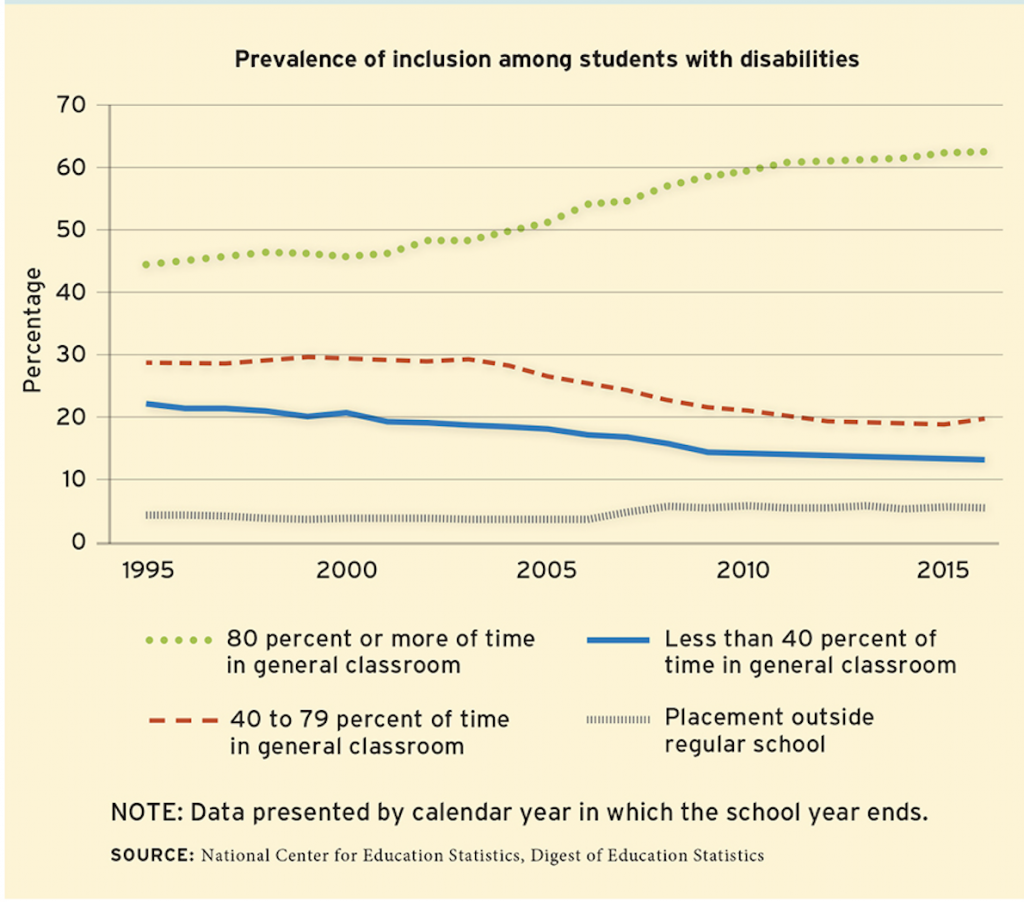
The authors used the “Multidimensional Attitudes Scale Toward Persons with Disabilities” (MAS), to analyze the attitudes and the “Commitment to Ethical Goodness Scale” (CEG), to analyze moral identity of the students individually and at a classroom level. To analyze the attitudes of the students the MAS measure is in a way a short story where a person encounters someone who has a physical disability. They then wait with them in a one-on-one situation and questioned through three groups: emotions, cognitions, and behaviors. The students answered each question on a five-point scale of the likelihood that each and any of the demensiones had been raised. To analyze moral identity of the students the CEG measure was a self-reporting questionnaire with 15 different statements. There were three different dimensions of morality included: moral locus of control, ethical goodness, and ethical self-regulation. The authors then used the five-point scale again to see whether the students agreed or disagreed with the statements on both an individual level and of each class.
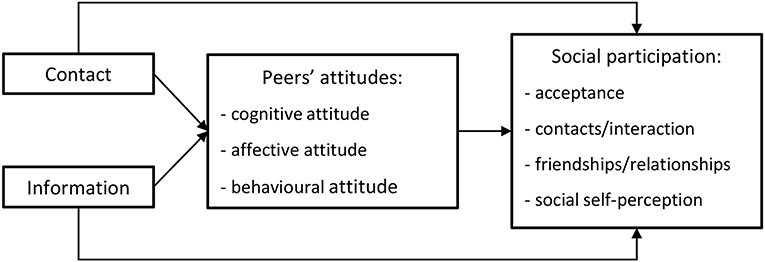
The authors used a multilevel analysis to analyze the relationship between morality, attitudes towards students with disabilities, and the educational setting. They looked at the variables at an individual level and with each model they added more. The main idea of this study was to discover the importance of moral identity development among students. The authors analyzed it at a classroom level, an individual level, and through the cross of the two. They discovered that at an individual level, moral identity reduces negative attitudes in all three dimensions; however, the relationship between them is weak. Between the two different types of classrooms, students in an inclusive class had more positive attitudes than students in a traditional classroom. This was a strong relationship but only in the affective dimension. When analyzed at a classroom level, moral identity had a week relationship with the behavioral dimension, a moderate relationship with the affective dimension, and a strong relationship with the cognitive dimension. Importantly, the note that, classes where students contain a developed moral identity promotes commitment to the attention of others.
The authors concluded that moral identity is a regulator of a person’s behavior. Moral identity also allows for an improvement of the cognitive attitudes towards peers with disabilities better in an inclusive setting. They then note ways that their results can be used for change within the educational system to allow students with disabilities to feel less like they are being treated differently by their peers and feel more like they are just like their peers, which they are. Then they acknowledge limitations that were present in the study like using a cross-sectional scheme, assessing explicit attitudes and not the analysis of implicit attitudes, primarily focusing on inside the classroom and ignoring what happens outside of it, and they studied only one culture as opposed to multiple.
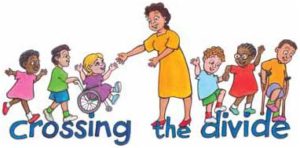
https://www.sciencedirect.com/science/article/pii/S0891422220301153


